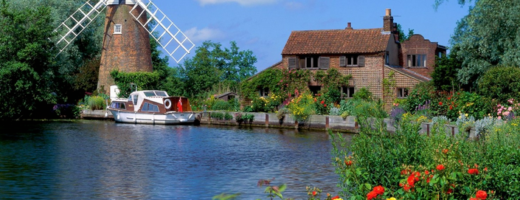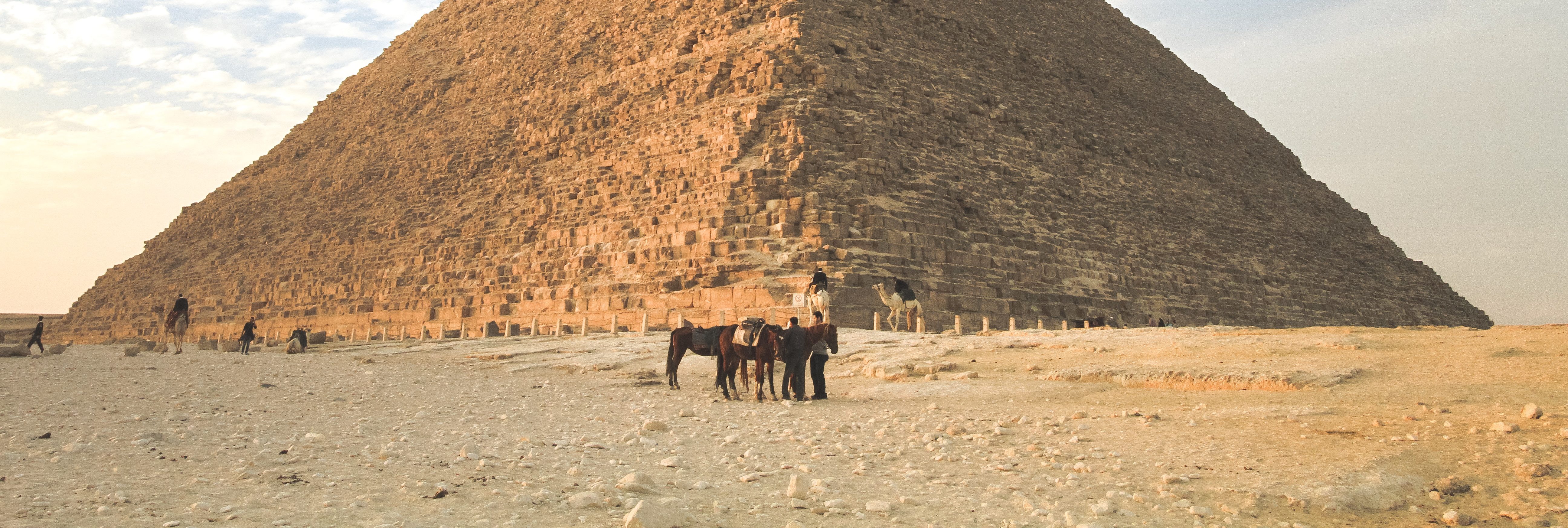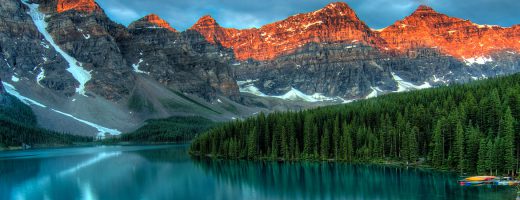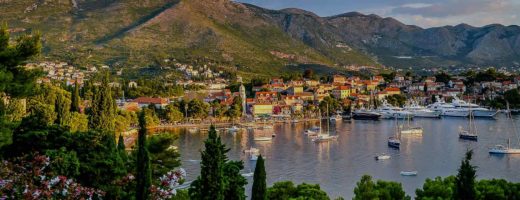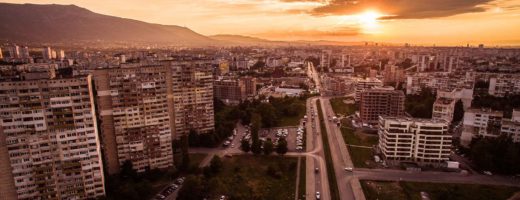The Gay Games were hosted by Amsterdam in 1998. There were more than 25 sports and 1500 athletes. The opening and closing ceremonies were held in the local stadium. Venues for the sporting events were spread out across the city and suburbs. The photos here are of the ceremonies, rowing and swimming. The swimming and diving were held in the picturesque city of Amersfoort, a twenty minute train ride south of Amsterdam.
(Also see the Gay Holland story)
Faces of Africa (2)
Random images from Rwanda, Tanzania, Zanzibar, Zambia, Uganda and Kenya Images 1-25 are from Kenya during and after the post-election riots in the Nairobi slums of Kibera and Methari January-March 2008
Egypt – Karnak and Luxor Temples
The Karnak Temple Complex, (photos 1-38) universally known only as Karnak, describes a vast conglomeration of ruined temples, chapels, pylons and other buildings. It is located 2.5km north of Luxor in Egypt. This was Ancient Egypt’s main place of worship of the Theban Triad with Amun as its head, in the monumental city of Thebes.
Egypt – Aswan City
Random images from around Aswan City and on the Nile River Aswan is a city in the south of Egypt, the capital of the Aswan Governorate (pop.1.2 million) and the 3rd largest city in Egypt. It stands on the east bank of the Nile at the first cataract and is a busy market and tourist
Egypt – Aswan Dam, Philae, Museum
Aswan is a city in the south of Egypt (see Gallery), the capital of the Aswan Governorate (pop.1.2 million) and the 3rd largest city in Egypt. The stone quarries of ancient Egypt located here were celebrated for the granitic rock called Syenite that furnished the colossal statues, obelisks, and monolithal shrines that are found throughout
Italy – Sicily: Palermo
Palermo is the bustling main port of Sicily on the north coast. It is replete with an opera house, concert hall, fountains, statuary, ornate churches adorned with intricate ceiling frescos and crowned by an enormous cathedral. The famous 12th century Capella Palatina, inside the enormous Normanni Palace, is a stunning gold-mosaic-lined chapel of great intricacy
Italy – Sicily: Agrigento Ruins
Along the south coast of Sicily are the city of Agrigento and the vast ruins of ancient Greece in the Valley of the Temples. Here are temples similar in design to the Acropolis in Athens. The temple of Olympian Zeus (photos #36-40 below) was the largest ever designed and was still incomplete after 70 years.
Italy – Sicily: Taormina
The hill town of Taormina is a small slice of paradise overlooking the sea and Mount Etna. Old stone houses and shops line the cobblestone streets as people pause in outdoor cafes for coffee and a pastry or wander the narrow lanes viewing the art galleries. The quiescence today masks a colorful gay history that
Italy – Rome: Gay Rights Rally
On March 10, 2007 a huge demonstration was held by Arcigay, Italy’s national LGBT rights organization, to urge government passage of domestic partnerships (DiCo) benefits. Such legislation was up for likely approval until Prime Minister Prodi and his ruling coalition received a ‘no confidence’ vote (in February, over a separate issue) and had to resign.
Italy – Rome: Audience with Pope
Every week the Pope appears before an audience of several thousand tourists and pilgrims in the purpose-built audience hall (an ill-suited modern building crammed against the baroque and neo-classical structures of St. Peter’s Square). He reads a message (in Italian) after which the various attending groups are announced by a cardinal. As their names are
Croatia – Zagreb: City (2)
Zagreb is the capital and the largest city of Croatia. The city is the cultural, scientific, economic and governmental center of the Republic. The city’s population in 2006 was about 784,900. In 1991, it became the capital of the country following secession from Yugoslavia. During the 1991-1995 Croatian War of Independence, it was a scene
Italy – Rome: Colosseum & Forum
One of the most famous buildings in the world, the Colosseum was built for sports and entertainment, which included combat between gladiators who usually killed their opponents and included watching wild animals attack and kill unarmed civilians. Today the only competition is preening and cruising among countless thousands of students who visit the Coloseum each
Italy – Rome: Vatican Museum (2)
The second ‘half’ of the Vatican Museum happens after the Sistine Chapel as one makes the 1500 meter walk back to the entry, passing through another giant hall of painted ceilings and a separate museum with still more masterpieces by great Italian masters. The exit is via a new spiral ramp that leads countless thousands
Italy – Rome: Vatican Museum (1)
The Vatican Museum is an overwhelming experience of the greatest painting ever created by human hands. It is dense with mythology, religious history, Roman history, exquisite uses of color and form crowned by the intricately frescoed ante-chambers leading into the Sistine Chapel. In the Chapel itself (final 7 photos below) there is inescapable awe and
Italy – Rome: St. Peter’s Basilica
The architecture and art of the Basilica and the Square are great trophies honoring the inspired genius of design and skilled craftsmanship of humankind, quite aside from the religious symbolism displayed throughout.
Italy – Rome: St. Peter’s Dome
Ascending to the crown of St.Peter’s dome is fairly easy via steps(an elevator goes up to the base of the dome). The size, proportion and beauty of the engineering are stunning and nearly incredible when one thinks the place was built with no power equipment. From the top the views of St. Peter’s Square display
Italy – Rome: Walk (1)
This walk wanders around the foot of the Capitoline Hill from the Arch of Janus and Piazza Bocca della Verita to Piazza Campitelli, Piazza Margana along via Dei Funari and its church. After which is the Trevi Fountain. Details can be found in the guidebook RomeWalks by Anya Shetterly. Read the stories about gay Italy
Italy – Rome: Walk (2)
This walk takes in the neighborhood of the Campo dei Fiori starting on the Ponte Sisto moving past Piazza Trinita dei Pellegrino and Piazza Campo dei Fiori a along via di Monserrato and back through via Giula to Piazza Farnese, passing the impressive Palazzo Ricci with exterior frescos sketched by Caravaggio in the sixteenth century
Italy – Rome: Walk (3)
A walk from the Piazza di Spagna and the Spanish Steps along the trendy streets (Condotti, Borgognona, etc) with their high fashion boutiques and cafes including the famous Cafe Greco, established 1760. The cafe’s interior looks more like a museum. Toward the River Tiber is the crumbling mausoleum of Augustine and the modern white exhibition
Italy – Rome: Walk (4)
A walk from the bustling modern Termini train station, past the beautiful fountain of Piazza Republica near the huge Diocletian baths (3rd century AD). Read the stories about gay Italy
Italy – Rome: Walk (5)
A walk from the Sant’Angelo Castle, across the river over the beautiful Sant’Angelo Bridge with its decorative statuary to the Parliament building and on to the stunning Pantheon, an ancient place of worship to all the gods and burial place of Italian kings. Read the stories about gay Italy
Italy – Ruins of Pompeii
The ancient city of Pompeii was very impressive and beautiful before it was smothered by the dust and mud of Mt.Vesuvius in 79 AD. Today, even in ruin, the beauty of the city is still visible in the many mosaics, frescoes, architectural varieties, gardens, fountains, temples and a huge colosseum. Read the stories about gay
Croatia – Zagreb: City (3)
Zagreb is the capital and the largest city of Croatia. The city is the cultural, scientific, economic and governmental center of the Republic. The city’s population in 2006 was about 784,900. In 1991, it became the capital of the country following secession from Yugoslavia. During the 1991-1995 Croatian War of Independence, it was a scene
Bulgaria – Black Sea Coast: Varna to Nesebar
After World War II, Bulgaria became a communist state and part of the Eastern Bloc. In 1990, after the Revolutions of 1989, the Communist party gave up its monopoly on power and Bulgaria transitioned to democracy and free-market capitalism. Currently Bulgaria functions as a parliamentary democracy under a unitary constitutional republic. A member of the
Bulgaria – Central Area: Veliko, Shipka, Plovdiv
After World War II, Bulgaria became a communist state and part of the Eastern Bloc. In 1990, after the Revolutions of 1989, the Communist party gave up its monopoly on power and Bulgaria transitioned to democracy and free-market capitalism. Currently Bulgaria functions as a parliamentary democracy under a unitary constitutional republic. A member of the

